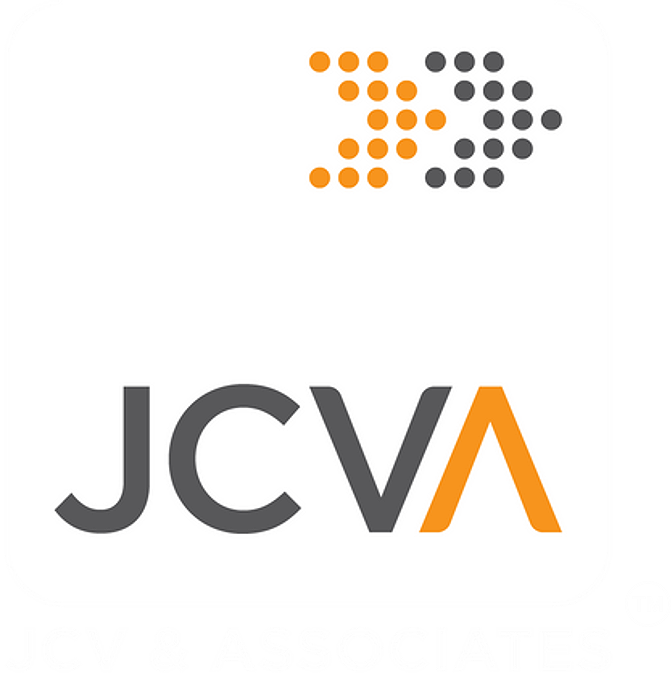Jul 22, 2021
Whether your company is gearing up to go back to the physical office or keep a hybrid work situation, you cannot escape meetings. JCVA has always had a hybrid work set-up even prior to the pandemic but given the nature of our work, most of the team are needed to attend meetings with different project stakeholders.
While the past year and a half have proven that a LOT of meetings could have been an email (YES!), an assembly, done right, is still necessary to “enable you and your employees to communicate and share information, solve problems or resolve disputes, improve performance, build teamwork and move projects forward” (Linton, 2019).
In the era of Zoom, Google Meet, Microsoft Teams, what have you, it is easier to get detached from meetings due to bad internet connect, unclear or nonexistent agenda and maybe the plain fact that you are not even supposed to be there. Without further ado, based on industry experts’ opinions and my humble ones, here are some things to keep in mind before sending that meeting invite:
1) DOES IT REALLY HAVE TO BE A MEETING?!?
Ask yourself this many times over. Can it be a conversation with your staff or a teammate? An email or a text message? If the answer is still yes, then proceed to the next point.
2) FOR EVERYONE’S SANITY, HAVE AN AGENDA.
Not just an agenda, but a clear and concise one. If you find that the agenda you’re drafting has too many subtopics involving different people, take a step back and decide if that can be a different meeting (OR email).
3) HAVE FEWER ATTENDEES AND KEEP IT SHORT.
Keep invitees to the decision makers, project owners and resource people. Less people mean less unnecessary chit-chat and discussion.
Keep the meeting less than an hour and don’t feel the need to use up the allotted time even if you’re already finished with the agenda.
4) SEND OUT HOMEWORK.
Make sure to distribute your agenda to meeting participants at least a day before the meeting. Would be good to send out other references, reports and previous meetings’ minutes related to your agenda, so people don’t need to catch up during the meeting itself.
5) ASSIGN ROLES.
Every meeting needs at least a moderator/chair to keep things on track and on time.
6) MAKE EVERYONE SEEN.
The facilitator should briefly introduce everyone and their role in the meeting agenda, if necessary, so people know how their work relate to other people on the team.
For online meetings, ask everyone to turn on their videos to get visual cues (remember, communication is at least 70% nonverbal), standardize backgrounds (it’s now easy to make corporate backgrounds via Canva), and go on mute unless they are called on to talk — all these to avoid distractions.
References: Linton, I. (2019, February 5). Types of Meetings in the Workplace. Retrieved from Chron.: https://smallbusiness.chron.com/types-meetings-workplace-36827.html
JCVA is a real estate consultancy firm composed of a leadership and project team with over 120 years of combined industry experience. Regardless of project scale, quality assurance and risk management remain our priority and our commitment to on-time and within-budget delivery stands firm.
Our services range from project planning and development, cost consultancy to WELL and LEED advisory. We specialize in providing tailor-fit project management solutions to businesses in need of expeditious and cost-effective means to achieve business goals. JCVA is with you at every point, from the very beginning of the project to when we hand you your keys.
We consider your success to be our own. Guided by your vision and our mission to build better businesses, JCVA delivers bespoke solutions that will lead your project to success.
We manage risks, build strong stakeholder relationships, and deliver solutions that reflect global best practices, backed by deep local industry knowledge.
If you're looking for a reliable partner to bring your vision to life, JCVA is here to build it with you.

